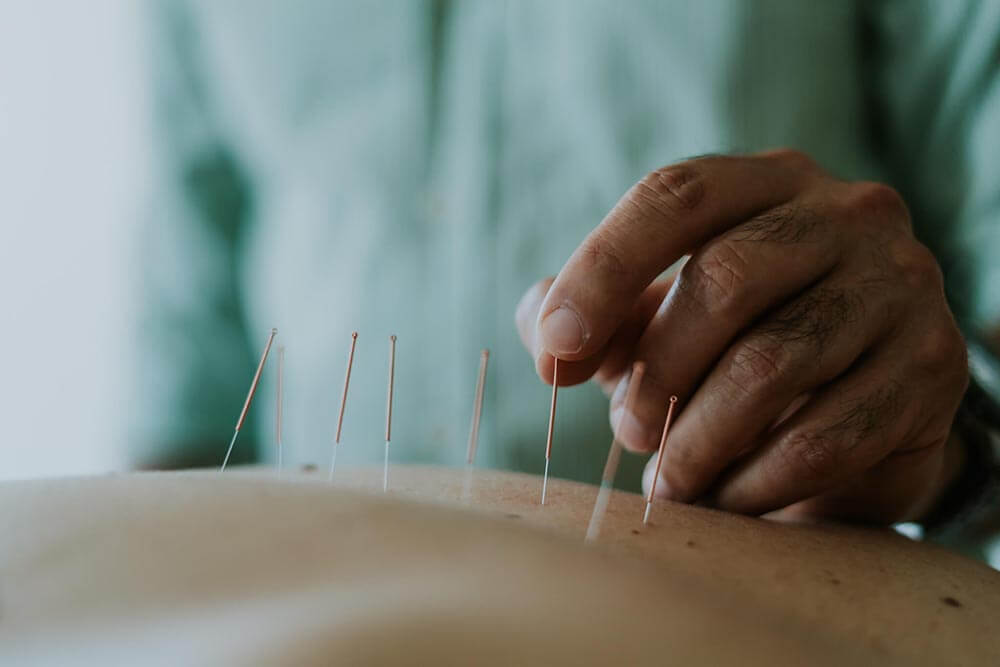Intramuscular Stimulation (IMS)
To understand IMS, first you must understand chronic pain.
Chronic pain can occur with either ongoing trauma or inflammation such as occurs with rheumatoid arthritis or it can occur in the absence of ongoing trauma ( e.g. post MVA, tennis elbow, fibromyalgia, myofascial pain). IMS treats chronic pain of the latter origin. This pain is neuropathic pain. Neuropathic pain results when the nerves malfunction following relatively minor trauma. This leads to supersensitivity in the tissues that those nerves supply, most noticeably (for patients) the muscles. The result of the nerve and tissue supersensitivity is pain, even when extensive medical tests show there is “nothing wrong”. In the muscle tissue, this supersensitivity leads to shortening.
When this muscle shortening occurs around the spinal muscles, compression of the disc, spinal joints and consequently the spinal nerves can occur, creating a vicious cycle of pain and dysfunction.
Because the nerves affected not only supply the muscle tissue but supply the skin, organs etc, many other, often un-noticed effects of neuropathy can be seen upon examination of patients with chronic pain. These effects can include:
- Coldness of the skin in patchy areas
- Goosebumps
- Excessive perspiration over the painful area
- Often there is excess fluid in the subcutaneous tissues (under the skin), as in trophedema
- Localized hair loss
- Brittle nails
- Psoriasis.
IMS was developed by Dr Gunn while he was a clinical physician at the Worker’s Compensation Board of BC. IMS uses acupuncture needles. The needles are extremely fine (0.3mm diameter) and you may not even feel it penetrate the skin. If your muscle is normal, the needle is painless. However if your muscle is supersensitive and shortened, you’ll feel a sensation like a deep, achy, muscle cramp. This discomfort is followed by release as the muscle relaxes.

